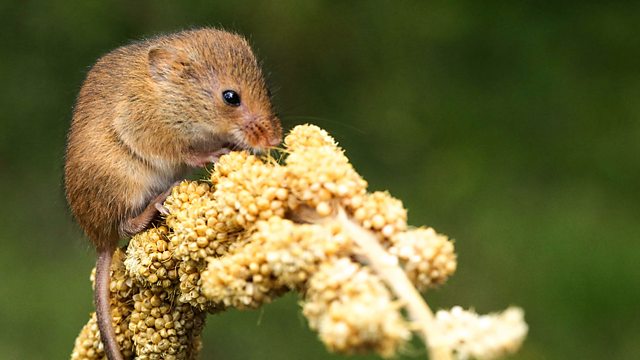Winterwatch 2022 episode 5: The second week kicks off with a deluge of drama captured on the live cameras over the weekend. Chris Packham and Michaela Strachan broadcast live from Wild Ken Hill in Norfolk. On top of all the on-site action, they have been out and about getting to know some of the local wildlife.
From the Isle of Mull, Iolo Williams introduces us to some of his northerly neighbours – the great northern divers – and live from WWT Castle Espie in Northern Ireland, Megan McCubbin gets to know the oldest endemic mammal on the island – the Irish hare. We also meet an inspiring wildlife photographer whose deteriorating eyesight hasn’t stopped him from following his dreams.
Springwatch, Autumnwatch and Winterwatch, sometimes known collectively as The Watches, are annual BBC television series which chart the fortunes of British wildlife during the changing of the seasons in the United Kingdom. The programmes are broadcast live from locations around the country in a primetime evening slot on BBC Two. They require a crew of 100 and over 50 cameras, making them the BBC’s largest British outside broadcast events. Many of the cameras are hidden and operated remotely to record natural behaviour, for example, of birds in their nests and badgers outside their sett.
Springwatch begins on the Spring Bank Holiday and is broadcast four nights each week for three weeks. After the success of the first Springwatch in 2005, the BBC commissioned a one-off special, Autumnwatch, which became a full series in 2006. Winterwatch began in 2012, broadcast in January or February.
Winterwatch 2022 episode 5
The mountain hare (Lepus timidus), also known as blue hare, tundra hare, variable hare, white hare, snow hare, alpine hare, and Irish hare, is a Palearctic hare that is largely adapted to polar and mountainous habitats.
The mountain hare arose during the Late Pleistocene; there is evidence that its range expanded during glaciations into southern Europe, with populations of Iberian hare (Lepus granatensis), European hare (L. europaeus) and broom hare (L. castroviejoi) in northern Iberia harboring mitochondrial haplotypes from the mountain hare. During the Late Pleistocene to Early Holocene, populations of mountain hare in Russia grew at least 10% larger than any living population today. This population has been classified as a distinct species Lepus tanaiticus, but is now generally considered a prehistoric morphotype of the living mountain hare.
This species is distributed from Fennoscandia to eastern Siberia; in addition, isolated mountain populations occur in the Alps, Scotland, the Baltics, northeastern Poland, and Hokkaidō. In Ireland, the Irish hare (L. t. hibernicus) does not grow a white winter coat, is smaller in size, and lives on lowland pastures, coastal grasslands, and salt marshes, not just in the mountains. The mountain hare has also been introduced to Iceland, Shetland, Orkney, the Isle of Man, the Peak District, Svalbard, Kerguelen Islands, Crozet Islands, and the Faroe Islands. In the Alps, the mountain hare lives at elevations from 700 to 3800 m, depending on geographic region and season.




